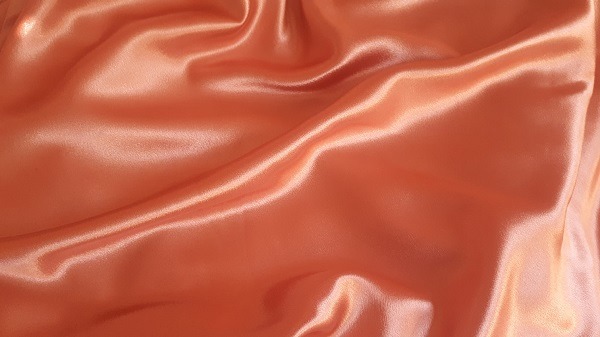Silk fabric, otherwise called ‘Paat’ in East India, Pattu in South India, and Resham in North India, is a characteristic fiber created from mulberry silkworm casings using a sericulture cycle. The yarns created from the interaction of sericulture are utilized to weave an assortment of materials.
The texture has a shining appearance. However, it has interfered with examples of weave because of its normal fiber. The three-sided crystal-like construction permits the texture to refract the lights, thus creating different tones in various lighting. Now, India is the world’s second-biggest producer of silk after China. Not only that, India is additionally the biggest consumer of Silk, Celebrations assuming an imperative part in the everyday existence of any Indian.
Origin and History
The starting point of silk traces back to the Indus Valley Civilization between 2450 BC and 2000 BC. Be that as it may, the inceptions are still likewise seen 2500 BC in China.
The handling strategies of silk – degumming and faltering, were taken from the Chinese innovation, where silk was initially accepted to be conceived. Significantly, 97% of the crude silk comes from five Indian states – Andhra Pradesh, Karnataka, Jammu and Kashmir, Tamil Nadu, and West Bengal.
For more information, you can visit Silk World – Online Fabric Store.
Different Types and Forms of Silk in India
Tanchoi Silk: The weaving procedure is a mix of silk from the two nations, India and China.
Garad Silk: Garad begins in West Bengal and is recognized by its red boundary and little paisley themes. Silk fabric used to make Garad sarees is delivered by the silk yarns woven near one another, which confers the fine surface.
Jamawar: Jamawar Silk is a tainted type of Pashmina silk that contains a mix of cotton and fleece. It is normally utilized in weaving wraps for the winters.
Matka Silk: An unpleasant handloom silk fabric produced using the waste Mulberry Silk without eliminating its gum (sericin) part was created in Karnataka also Kashmir.
Banarasi/Benarasi Silk: A fine variety of silk developing from Benaras or Varanasi’s terrains, known for gold and silver craft of brocade and zari on the texture.
Mulberry Silk: It is the purest type of silk removed from Silkworms, for the most part, delivered in yellow, white, or greenish-yellow tone.
Murshidabad Silk: Silk was created at the ‘Silk Mecca’ of East India.
Bangalore Silk: Known for its straightforwardness and immaculateness of Silk, Bangalore silk is created in Bangalore’s silk homesteads.
Angora Silk: It is known for its fragile surface. The Angora silk fiber is made up from the hide of an easygoing ‘Angora’ hare.
Silk Embroidery: Intricate examples weaved in silk on different textures.
Pochampally/Pochampalli Silk: Type of silk starting from Boodhan Pochampally, situated in Nalgonda area of Andhra Pradesh, prevalently known as the silk city of India.
Mysore Silk Crepe: It is woven from hand-spun silk yarn and comes from the silk city of Mysore in Karnataka.
Sournachuri Silk: Originating from West Bengal, Sournachuri Silk has gold string consolidated in the weave of silk, subsequently giving a rich try to please texture. It is otherwise called the ‘celebrated’ sister of the Baluchari Silk saree.
Crude Silk: Raw Silk is the most common type of sensitive fiber of silk with no curve and is a natural type of silk that can be handily woven into various textures.

